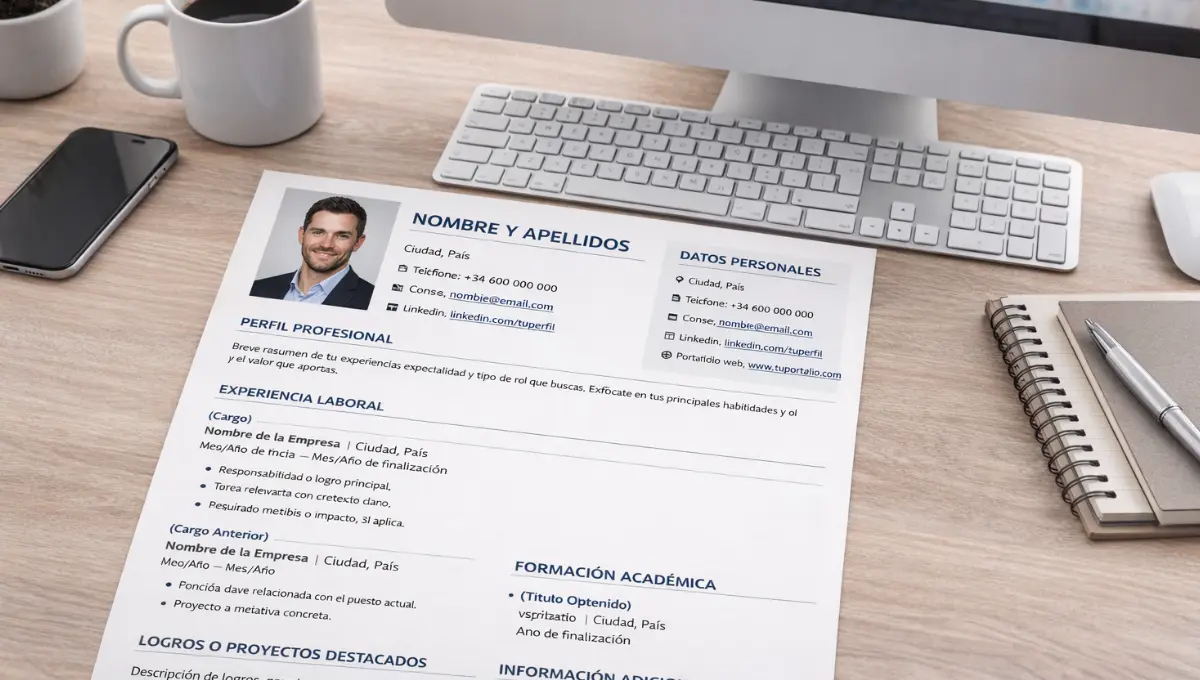Writing a business letter is extremely important in a professional environment, and the way that you phrase it can be the difference between making great business connections and missing out on opportunities. Therefore, it is important to include a proper salutation at the start of each letter, ensuring that your greeting is appropriate.
Whether you are sending your letter via post or by email, an appropriate business letter salutation is vital to show the recipient respect and set the tone for the email. It is important to show that you are a professional and understand how to conduct yourself when in a business environment. When learning English, it can be difficult to know how to start your business emails. To help you out, our expert English tutors have compiled a guide to help you get started.
- What To Include In Your Business Salutations
- Formal Email Greeting Examples
- Try and Find Someone To Address The Letter To
- When You Cannot Find Someone To Address
- Other General Business Salutations to Consider
- Hints and Tips for Business Salutations
- Where On The Page Should The Greeting Be
- How Can italki Help You?
- Conclusion
What To Include In Your Business Salutations
A professional greeting is important in all business communications, and therefore, casual phrasings may not be appropriate. Instead of starting emails with ‘hey’ or ‘hi’, it is important to greet the recipient of the letter in a more serious way, using their name or title. This is especially important in serious documentation such as letters of recommendation or inquiry letters.
Below is a list of business letter salutation examples that you can use within a business setting, whether it is within your own business or when communicating with other companies. For the examples below, we have used Smith as a common surname, but this can be replaced with the person’s name.
Each of the greetings starts with the phrase ‘dear’ as this is seen as both polite and respectful. While you may be able to start your business letter with just the person’s name, this can be misread as being rude or blunt, which may not be the impression you would like to get across.
Formal Email Greeting Examples
- Dear Mr. Smith
- Dear Dr. Smith
- Dear Mr. and Mrs. Smith
- Dear Mr. White and Ms. Smith
- Dear Judge Smith
- Dear Ms. Smith
- Dear John Smith
- Dear Dr. Smith
- Dear Dr. and Mrs. Smith
- Dear John (this would only be used if you know the person you are writing a letter to extremely well)
Try and Find Someone To Address The Letter To
While all the greetings on the list above are perfect for a business environment, they are of no use if you do not know exactly to who the letter is addressed. If possible, try and find out the name of the person you are wanting to write to – this could be through their work, their LinkedIn profile, or by asking your colleagues. If they have a staff or an assistant, try and contact them for the information that you require.
When You Cannot Find Someone To Address
If you cannot find a person to address the letter to, consider simply using a general but polite salutation. This may include phrases such as ‘To Whom it May Concern’. This may seem extremely formal, but there are other general businesses greeting to consider, depending on the subject of the business letter. Let’s take a closer look.
Other General Business Salutations to Consider
If you are contacting a particular team within a business, you can address a letter or email to them directly for example, ‘dear customer service team’ or ‘dear human resources team’. You may want to contact the head of a department for these teams, and therefore you may wish to use greetings such as ‘dear customer service manager’ or ‘dear hiring manager’.
If you are unsure who is in charge, or the correct job title that you are looking for, consider a polite greeting such as ‘dear sir or madam’.
Hints and Tips for Business Salutations
Use Mr. or Ms.
If you know the gender of the person that you are writing to, then using their title is a formal way to address someone. If the person you are writing to is female, then it is important that you know how they wish to be greeted. Generally, if they are married, ‘Mrs’ is the appropriate term, while if they have not been married, ‘Miss’ is the preferred title. If you are not certain of the greeting that they prefer, ‘Ms’ is a more appropriate title so as not to offend the recipient.
Recognize A Person’s Qualifications
If you are writing to have someone with experience or qualifications that change their title, it is important to recognise this as a form of respect. For example, if the person has a medical degree or a PhD, they should be addressed as Dr. If they have a profession that warrants a title, such as Judge or Professor, then use this greeting.
Writing To More Than One Person
If you are looking to write a letter to more than one person, for example, a married couple or business partners, your business letter salutation will need to be something different from the greetings that we have listed above. If the couple is married, simply write ‘Mr and Mrs’ and then their surname – for example ‘Mr and Mrs Smith’.
If you are writing to two or more people that are not married or related, you will need to list each of their names separately, including their titles – for example, ‘Mrs. Smith, Mr. Jones and Dr. Murray’.
If You Are Unsure of the Recipient’s Gender
On occasion, you may not be aware of the gender of the person that you are writing to. The main reason for this is because they might have a unisex name that can be used by both men and women such as Alex. In this case, some additional research could be done by looking at their LinkedIn page or company website to find this information. If you still do not know, then simply addressing the letter to their name – for example, ‘Dear Alex Smith’, would be appropriate.
Where On The Page Should The Greeting Be
Your greeting should be written underneath any address on the letter, on the left-hand side of the page. After your salutation, it is important to add a comma or colon and then take a new line. Underneath this salutation, you can start a new paragraph where your letter begins.
Read over the email and check your spelling
Once you have finished your business letter, it is important to make sure that you read over it, checking for spelling or grammar errors and ensuring that you have written it in a business-like manner.
Most importantly, make sure that you have spelled the recipient’s name correctly so as not to insult them. Compare this to the spelling in their email address, company website, or social media profiles to be sure.
If it is a particularly important letter, consider asking a colleague to read it over before sending it, as the second pair of eyes may spot mistakes that you have missed.
How Can italki Help You?
If you are looking to learn more about the English language and learn English online, then look no further than italki.com. Our expert staff can help you out with a number of different business scenarios such as business greetings and interview questions and answers in English. The business world can be an intimidating space when English is not your first language, and we are here to help with all your English requirements.
Want to learn a language at italki?
Here are the best resources for you!
Conclusion
When writing any kind of business email or letter, it is important to stay formal, treating the recipient with respect. Avoid casual greetings such as ‘hi’ in favor of more formal greetings such as ‘Dear’, and always include the name of the person that you are writing to within your initial greeting. If you do not know the person’s name, a formal ‘To Whom It May Concern’ is the correct business salutation.
Make your best efforts to find out their name, formal title and gender by researching the recipient through your business contacts, their company website, LinkedIn profile or social media pages. The company HR department may also be able to provide this information for you.
What is perhaps most important is that you ensure that you spell the recipient’s name correctly so as not to insult them. Double-check this and read over your letter carefully before sending it to the recipient.

Find Your Perfect Teacher
At italki, you can find your English tutor from all qualified and experienced teachers. Now experience the excellent language learning journey!
Book a trial lesson











